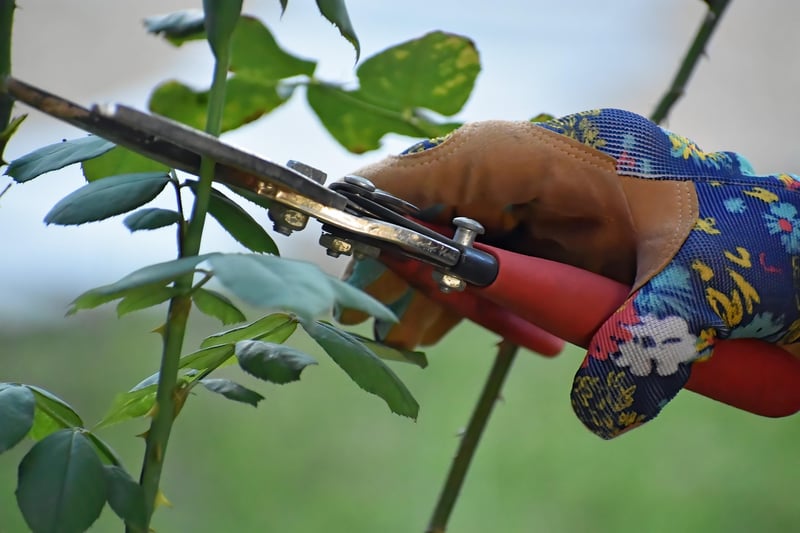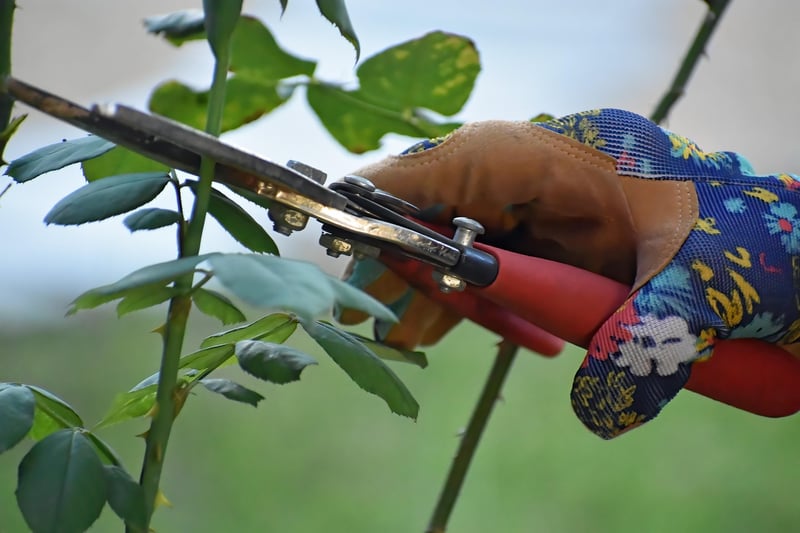Pruning Techniques
#Indoor gardening
#Outdoor plants
#Plant maintenance
Guidance for Healthy Plants and Pruning Techniques
Introduction to Plant Health
Ensuring the health of your plants is essential for a thriving garden or indoor space. From proper watering to adequate sunlight, taking care of your plants is crucial for their growth and vitality.
Guidelines for Healthy Plants
- Water your plants regularly, ensuring the soil is moist but not waterlogged.
- Provide adequate sunlight based on the plant's specific needs.
- Use high-quality soil with proper drainage to prevent root rot.
- Fertilize your plants appropriately to provide essential nutrients.
- Monitor for pests and diseases, and take prompt action if any issues arise.
Pruning Techniques for Plant Maintenance
Pruning is a vital practice for maintaining plant health and promoting growth. Proper pruning helps shape the plant, remove dead or diseased parts, and encourage new growth.
Types of Pruning
- Cleaning: Removing dead, damaged, or diseased branches to improve overall plant health.
- Thinning: Removing excess branches to allow better airflow and sunlight penetration.
- Heading: Trimming the tips of branches to encourage bushier growth.
- Pinching: Nipping off the tips of young plant shoots to promote branching.
Pruning Tips
- Use sharp, clean pruning tools to make precise cuts without damaging the plant.
- Prune during the plant's dormant season to minimize stress on the plant.
- Remove any crossing or rubbing branches to prevent damage and disease spread.
- Step back regularly to assess the plant's shape and overall balance while pruning.
Conclusion
By following these guidelines for plant health and mastering proper pruning techniques, you can ensure your plants thrive and flourish. Remember that regular care and attention are key to maintaining a beautiful and healthy garden or indoor plant collection.


